Pathways Improvement Scope
The plan to improve CTE pathways includes collaborating with industry and community college partners to revise and align courses with state standards, focusing on well-structured course sequences in high schools. K12 SWP funds will be used for LBUSD faculty collaboration, professional development, and additional student support services, especially in areas with low completion rates. The transition at Lakewood HS from an Agriculture to an Energy/Environmental Resource pathway aligns with the LA SWP Regional Plan, involving new industry partners, curriculum development, and enhanced work-based learning and early college credit opportunities. The expansion of access to early college courses targets underrepresented students, with efforts to align high school and post-secondary education, including the implementation of new agreements and support systems. Lastly, the plan addresses inequities in work-based learning experiences by integrating them into core curriculums, aiming for equal opportunities across different pathways and reducing disparities in student experiences.
Goals & Priorities
LBUSD plans to enhance its 37 district pathways through district leadership overseeing development, alignment, and implementation, focusing on professional development and collaboration with post-secondary and industry partners. This initiative aims to improve curriculum, course revisions, and post-secondary alignment, particularly in the Energy/Environment sector, to increase CTE pathway completion rates by at least 10% across all subgroups. Additionally, LBUSD will employ college aids/tutors for pathway courses with low pass rates and for students struggling with course success, particularly in dual enrollment courses. These aids/tutors will receive professional development and work closely with instructors to support targeted students, in collaboration with LBCC, to expand early college credit courses. Furthermore, LBUSD is considering contracts with industry partners to enhance Work-Based Learning (WBL) experiences, aiming to increase the average WBL experiences from 3 to 5 per student/year across all industry sectors.
Industry Sector(s) Or Pathway(s)
